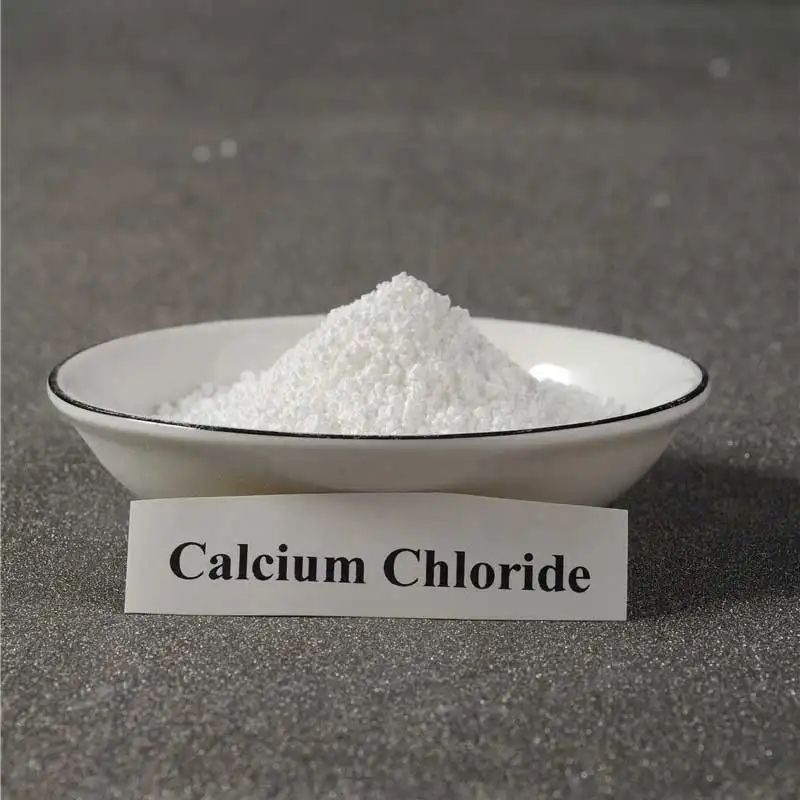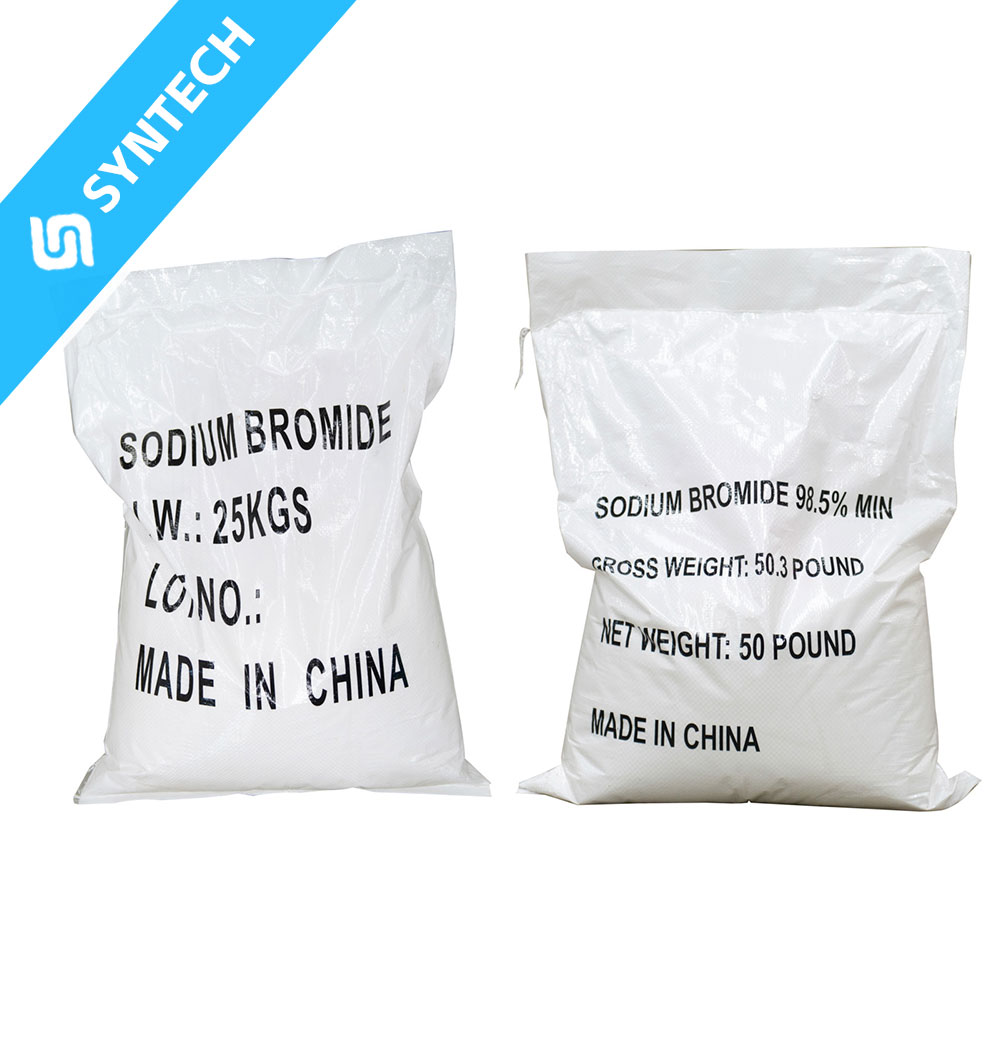Key Specifications of Sodium Methallyl Sulfonate
| Parameter | Typical Specification | Testing Method |
|---|---|---|
| Content/Purity | ≥99.5% | Chemical titration |
| Sodium Sulfite | ≤0.02% | Ion chromatography |
| Chlorides | ≤0.035% | Volumetric analysis |
| Water Content | ≤0.5% | Karl Fischer method |
| Iron (Fe) | ≤0.4 ppm | Atomic absorption |
| Color | ≤10 | Colorimetric method |
| Appearance | White crystalline powder | Visual inspection |
| Melting Point | 270-280°C | – |
| Solubility | Highly soluble in water, difficult to dissolve in alcohol | – |
| Table: Standard quality specifications for industrial-grade Sodium Methallyl Sulfonate |
An Evolving Global Market
The global Sodium Methallyl Sulfonate market demonstrates steady growth patterns according to recent industry analysis. While specific market size figures require access to proprietary reports, the compound annual growth rate (CAGR) is expected to remain positive through 2031, driven by expanding applications across multiple industries .
The manufacturing landscape includes established players across different regions:
- Asia-Pacific: A significant production base, particularly in China
- Europe: Several specialized chemical producers
- North America: Technological innovators in sulfonate chemistry
This geographical diversity in manufacturing helps mitigate supply chain risks and provides buyers with multiple sourcing options to meet their specific quality and pricing requirements.
Manufacturing Processes and Quality Control
Reputable Sodium Methallyl Sulfonate manufacturers implement rigorous quality control protocols throughout the production process. The synthesis typically involves sulfonation reactions followed by purification steps to achieve the high purity levels required for industrial applications .
Advanced manufacturers employ spectroscopic analysis and chromatographic techniques to verify product quality and consistency. The best producers maintain comprehensive quality management systems that track every production batch, ensuring that the final product meets the published specifications .
Selection Criteria for Buyers
Technical Capability Assessment
When evaluating potential suppliers, consider their:
- Research and development capacity for product innovation
- Customization capabilities for specific application requirements
- Technical support services for application optimization
Production and Supply Factors
- Manufacturing scale and production capacity reliability
- Quality consistency and batch-to-batch uniformity
- Supply chain stability and raw material sourcing
Compliance and Certification
- Environmental and safety compliance records
- Industry-specific certifications relevant to your application
- International standards adherence (ISO, REACH, etc.)
Applications Driving Demand
Sodium Methallyl Sulfonate manufacturers serve diverse industrial sectors, with significant demand coming from:
Construction Industry
As a key component in polycarboxylic acid superplasticizers, SMAS improves the performance characteristics of concrete additives. When compounded with materials like maleic anhydride polyethylene glycol monoether and methacrylic acid, it creates water-reducing agents with low dosage requirements, high water reduction rates, and excellent retardation properties without water seepage issues .
Oilfield Chemicals
In petroleum production, SMAS serves as a critical component in dispersants and filtration reducerswith exceptional resistance to high temperatures and salts. When copolymerized with acrylamide, acrylic acid, and various quaternary ammonium compounds, it enhances oil recovery operations where stability under extreme conditions is essential .
Water Treatment
Water treatment applications utilize SMAS as a monomer for corrosion and scale inhibitors. When copolymerized with acrylic acid, acrylamide, maleic anhydride, sodium hypophosphite, and vinyl acetate, it demonstrates effective scale inhibition against phosphate, zinc salt, calcium carbonate, and calcium sulfate .
Textile Industry
As a third monomer in acrylic fiber production, SMAS significantly improves dyeing properties and thermal characteristics. Manufacturers supplying this sector must maintain particularly stringent quality standards to ensure consistent polymer performance .
Packaging and Handling Specifications
Responsible Sodium Methallyl Sulfonate manufacturers adhere to strict packaging and handling guidelines to preserve product integrity:
Standard Packaging Options
- 20kg/bag (inner plastic outer woven bag)
- 500kg/bag for bulk industrial users
- Customized packaging according to client requirements
Safety Considerations
SMAS requires careful handling as it presents specific health and safety considerations:
- Health effects: Can be harmful to humans, irritating to eyes, skin, and respiratory system
- Exposure prevention: Avoid inhalation, ingestion, and contact with skin and clothing
- Combustion hazards: Decomposes into toxic gases including carbon monoxide, carbon dioxide, and sulfur oxides when burned
Storage Recommendations
- Conditions: Should be stored in dry, cool areas at room temperature
- Shelf life: Typically one year when stored under appropriate conditions
- Transportation: Protect from rain, moisture, and direct sunlight during transit
Future Outlook for SMAS Manufacturing
The Sodium Methallyl Sulfonate manufacturing sector continues to evolve with several emerging trends:
Technological Advancements
- Process optimization for improved efficiency and reduced environmental impact
- Product innovation for specialized applications and enhanced performance characteristics
- Quality enhancement through advanced purification and analysis technologies
Sustainability Initiatives
- Green chemistry principles in production processes
- Waste reduction and byproduct utilization
- Energy efficiency improvements in manufacturing operations
Market Expansion
- New application development across industrial sectors
- Geographical market penetration in emerging economies
- Specialized product formulations for niche applications
Conclusion
Selecting the right Sodium Methallyl Sulfonate manufacturer requires careful evaluation of technical capabilities, quality systems, and reliability factors. The most suitable suppliers will demonstrate consistent quality, technical expertise, and responsive customer service tailored to your specific application needs.
As global demand for SMAS continues to grow across multiple industries, manufacturers who invest in technological innovation, quality assurance, and sustainable practices will likely emerge as industry leaders. Buyers should prioritize establishing long-term partnerships with manufacturers who can demonstrate not only current capability but also a commitment to continuous improvement and market responsiveness.
Note: This article provides general industry information. Specific product capabilities and specifications should be verified directly with potential suppliers, as manufacturing processes and product formulations may vary among producers.






